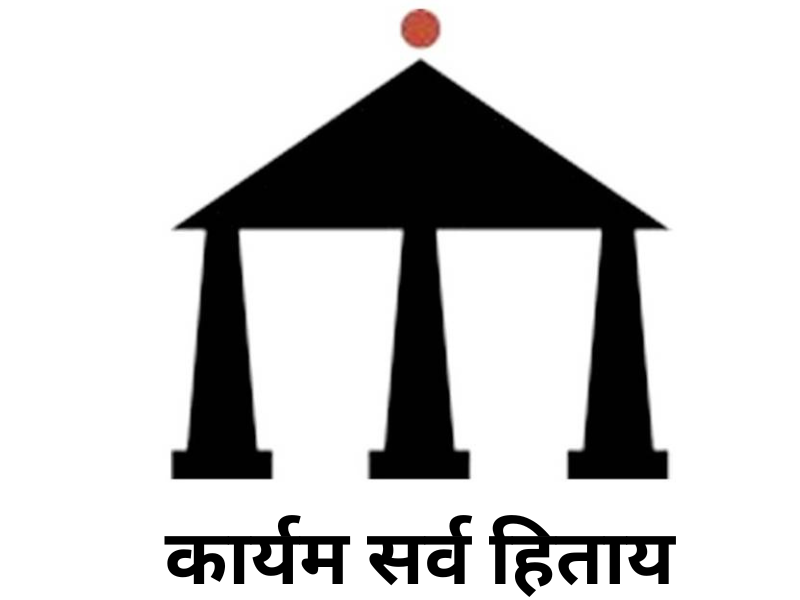The Ombudsman has long been one of the world’s most prominent grievance redressal institutions.
Originally from Sweden, it has been widely adopted by other countries over the past five decades.
Today, Ombudsman’s offices have been established in the United States, Canada, most EU nations,
New Zealand, the Philippines, Australia and many other countries.
In India, the concept of Ombudsman was introduced by the Administrative Reform Commission of
1966 which recommended the setting up of an Ombudsman both at the Center (Lokpal) and the State
(Lokayukta) with varying degrees of Power. Since then, 17 states have set up Lokayuktas headed by
retired judges. However, the Lokpal is still to be introduced at the Center. In 2001, Kerala became the
first, and only State in India, to set up an Ombudsman office for local governments (district and below).
Like others around the world, the Kerala Ombudsman is tasked with resolving citizen’s complaints
against government employees and offices. Unlike a typical court process, the Kerala Ombudsman
follows an informal process, does not require legal representation, and attempts to ensure the execution
before closing a case file.1
The Kerala Ombudsman considers only complaints against local self
government institutions (LSGIs) and therefore tends to focus on service delivery and the interaction
between local government and citizens.


